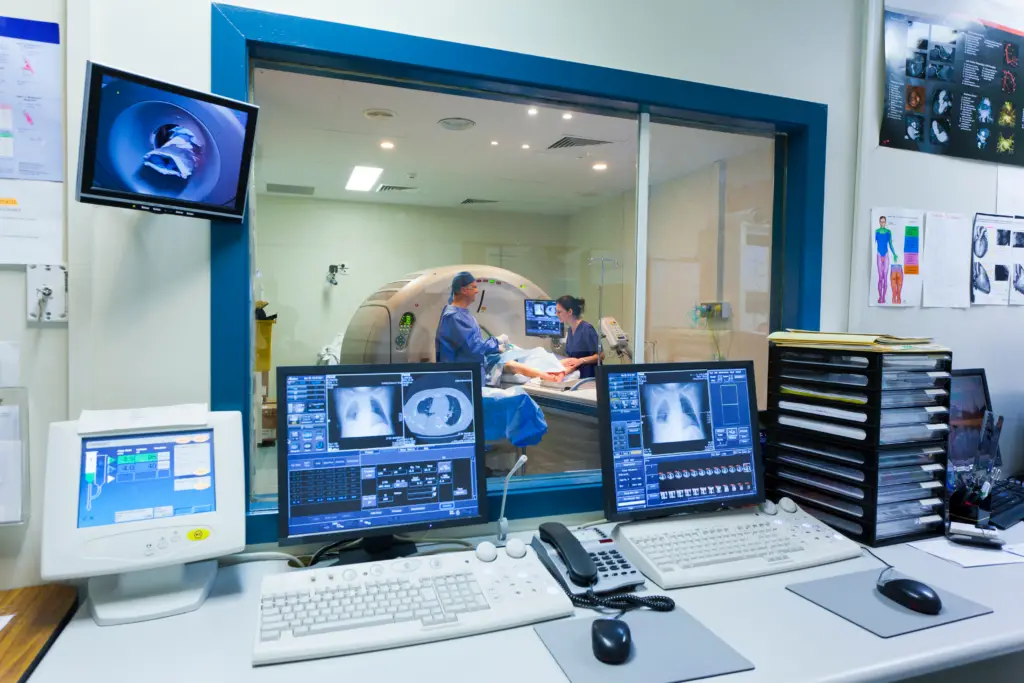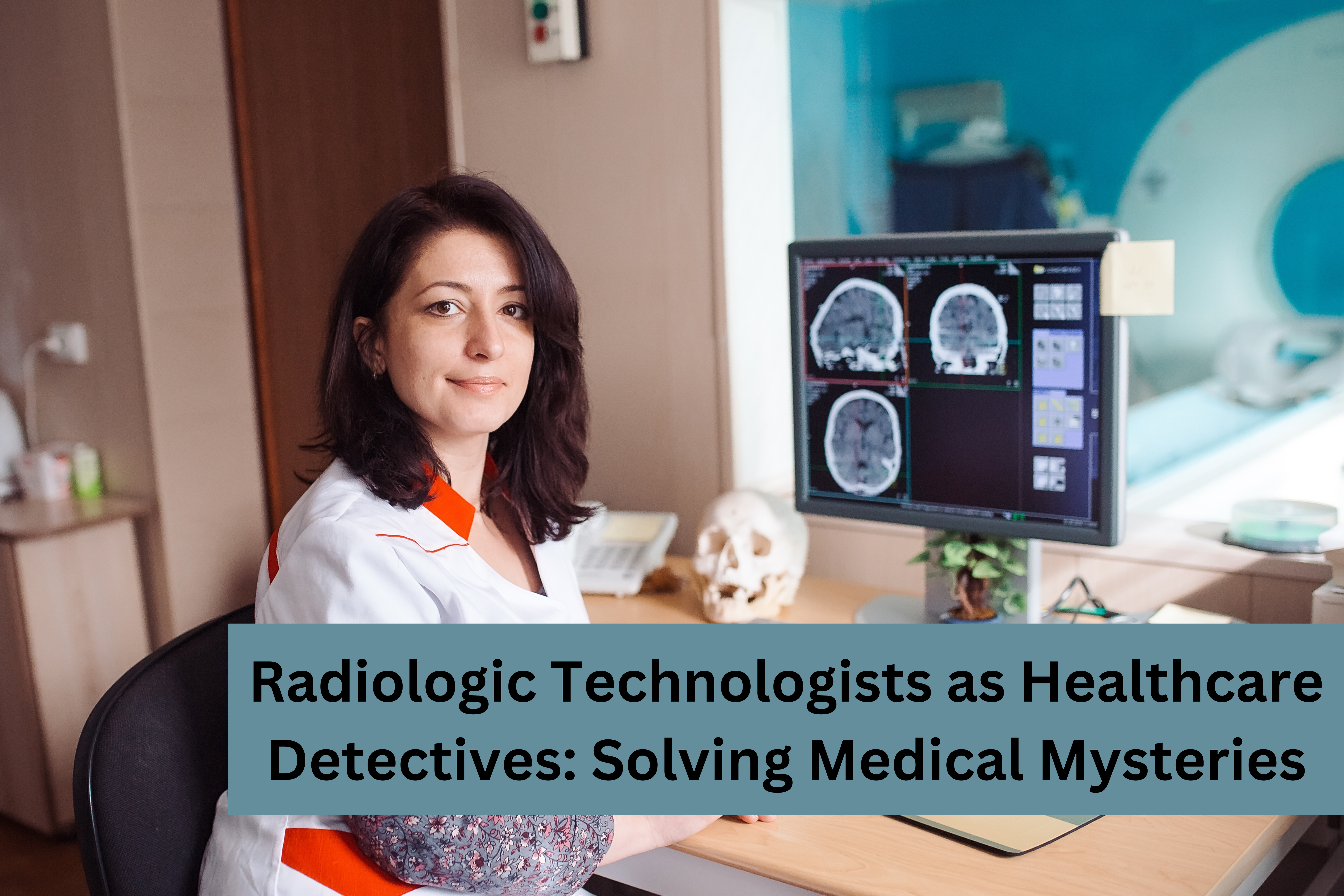In the intricate realm of modern healthcare, Radiologic Technologists emerge as integral players, much like detectives in solving medical mysteries.
With their proficiency in imaging technology and keen attention to detail, they contribute significantly to accurate diagnoses and effective treatment plans.
This article delves into the multifaceted role of Radiologic Technologists as Healthcare Detectives, highlighting their expertise, techniques, and the impact they have on patient outcomes.
Radiologic Technologists as Healthcare Detectives: Solving Medical Mysteries
Radiologic Technologists are healthcare professionals trained to operate medical imaging equipment like X-ray machines, CT scanners, and MRI devices.
Their primary objective is to capture internal images of the human body, revealing insights that help physicians diagnose a wide range of medical conditions. This critical role earned them the moniker “Healthcare Detectives.”
The Power of Imaging Techniques
Modern medical practice heavily relies on advanced imaging techniques to unearth hidden medical issues. Radiologic Technologists play a pivotal role in utilizing these techniques, ensuring accurate and detailed images.
Moreover, They aid physicians in making informed decisions. Techniques like X-rays, CT scans, and MRIs provide a non-invasive view of the body’s internal structures, enabling the detection of abnormalities, injuries, and diseases.
Unraveling Complex Cases
In the realm of medical diagnostics, not all cases are straightforward. Some medical conditions present puzzling symptoms that require a deeper investigation. Moreover, Radiologic Technologists step in as medical detectives, armed with the ability to capture images that reveal the hidden complexities of these cases.
Further, their keen eye and expertise help physicians pinpoint issues that might otherwise go undetected.

Utilizing Cutting-Edge Technology
The world of medical imaging is evolving rapidly, with new technologies constantly emerging. Radiologic Technologists stay at the forefront of these advancements, harnessing cutting-edge equipment to provide clearer, more detailed images.
Hence, this enables healthcare providers to gather crucial insights, leading to more accurate diagnoses and more effective treatment plans.
Collaborative Diagnosis
Radiologic Technologists aren’t isolated players in the medical arena. They collaborate closely with other healthcare professionals, including radiologists and physicians, to analyze images and contribute to the overall diagnostic process. Their insights often serve as the missing pieces in the puzzle of a patient’s medical condition.
FAQs
How do Radiologic Technologists contribute to healthcare?
Radiologic Technologists play a vital role in healthcare by operating imaging equipment that captures internal images of the body, aiding in diagnosing various medical conditions.
What imaging techniques do Radiologic Technologists use?
Radiologic Technologists employ techniques like X-rays, CT scans, as well as MRIs to capture detailed images of the body’s internal structures.
How do they help solve complex medical cases?
Radiologic Technologists have the expertise to capture images that reveal hidden complexities in medical cases, assisting physicians in identifying hard-to-detect issues.
What is the significance of collaboration in diagnostics?
Radiologic Technologists collaborate closely with radiologists and physicians to analyze images, providing valuable insights that contribute to the diagnostic process.
How does technology impact their role?
Radiologic Technologists stay updated with cutting-edge imaging technology. It enables them to provide clearer and more detailed images, ultimately enhancing diagnostic accuracy.
What is the role of Radiologic Technologists in treatment plans?
Radiologic Technologists’ accurate imaging plays a crucial role in helping healthcare providers devise effective treatment plans tailored to patient’s specific conditions.
Conclusion
Radiologic Technologists serve as the unsung heroes in the world of medical diagnostics, akin to healthcare detectives. Moreover, they solve complex medical mysteries through their expertise in imaging technology.
Their role in capturing clear and detailed images empowers physicians to make accurate diagnoses and create effective treatment plans. Further, as healthcare advances, Radiologic Technologists remain at the forefront of innovation, ensuring that medical mysteries are unraveled and patient care is enhanced.

